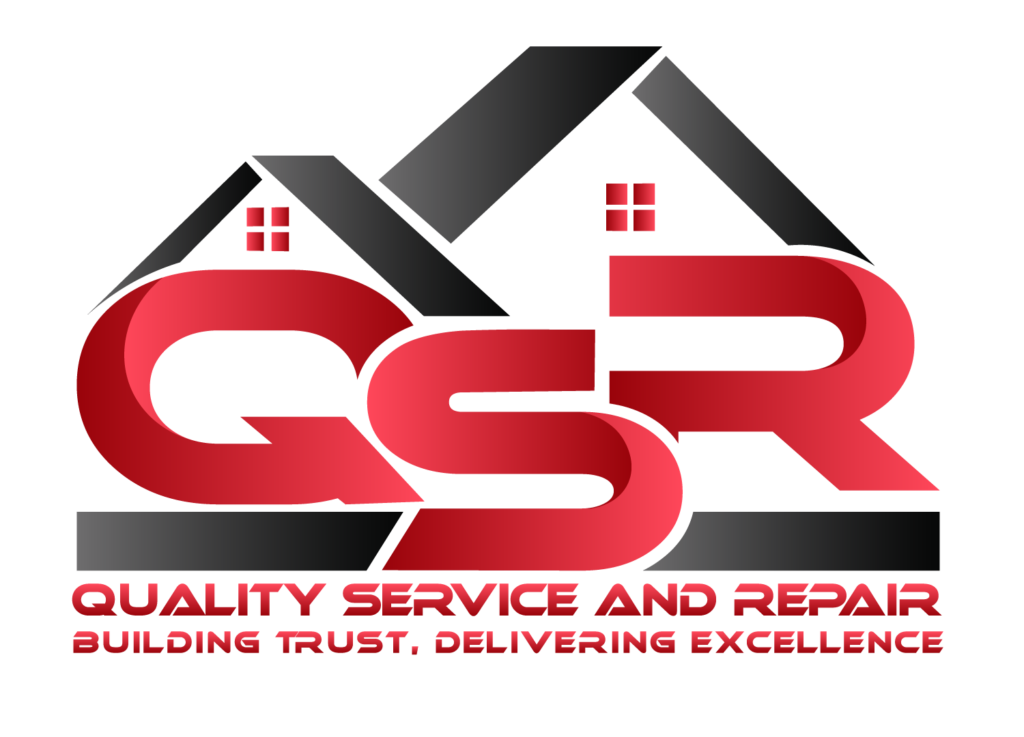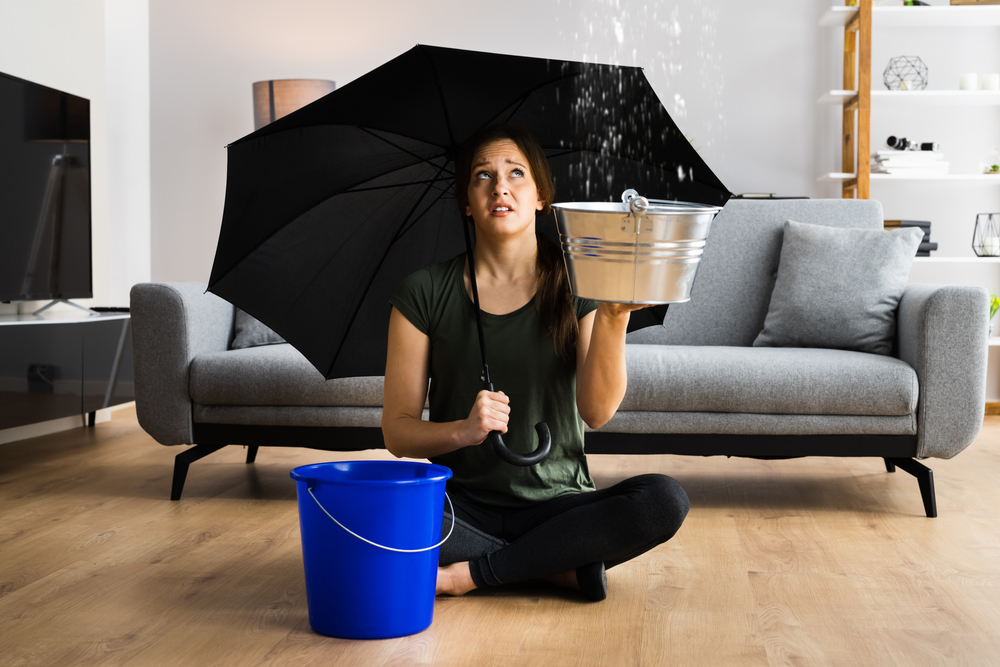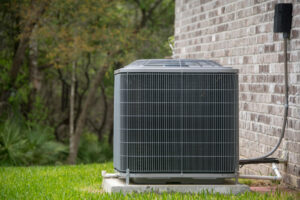Water is a fundamental element of life, but when it infiltrates your home or business unexpectedly, it can become a destructive force, wreaking havoc on your property and peace of mind. Whether it’s from a burst pipe, a severe storm, or a backed-up sewer, water damage demands swift and precise action to mitigate losses and restore your space to its former glory.
In this comprehensive guide, we’ll walk you through the essential steps of emergency water extraction. These steps are designed to help you understand the process, know what to expect, and, most importantly, safeguard your property and well-being. From assessing the situation to thorough drying and structural repairs, each step plays a crucial role in the successful restoration of your space.
So, let’s embark on this journey through the 10 essential steps to emergency water extraction, equipping you with the knowledge and confidence to navigate water damage should it ever arise. Remember, preparation and swift action are your allies in times of crisis.
Step 1: Assess the Situation – Understanding the Source of Water Damage
The first step in emergency water extraction is to assess the situation thoroughly. Start by identifying the source of the water damage. Is it a burst pipe, a roof leak, a natural flood, or a sewage backup? Understanding the source of the water intrusion is crucial because it helps determine the type of water you’re dealing with, which, in turn, guides safety precautions during the extraction process.
Step 2: Ensure Safety – Protecting Lives and Property
Safety is paramount. Before taking any further action, ensure the safety of yourself and those around you. If the water level is high or you suspect any structural damage, it’s safer to evacuate the premises and call professionals for assistance. Also, turn off the electricity supply to the affected area to prevent electrical hazards. Remember, personal safety should always come first.
Step 3: Stop the Water Source – Preventing Further Damage
If it’s safe to do so, try to stop the water source. This could involve shutting off the main water supply to your property or addressing the specific issue causing the flooding. Stopping the source of water is crucial because it prevents additional water from entering your property, reducing the extent of the damage.
Step 4: Protect Valuables – Salvaging What You Can
While waiting for professional help, if needed, prioritize protecting valuable items. Remove small furniture, electronics, and personal belongings from the affected area to prevent further damage. However, be cautious while handling wet items, as they can be heavy and prone to breakage. Every item saved is a step towards minimizing losses.
Step 5: Call Professionals – Expertise You Can Trust
Emergency water extraction is a complex and often hazardous task. It’s best handled by professionals. When you call experienced water damage restoration companies, you’re tapping into their expertise, equipment, and resources. They can quickly assess the extent of the damage, identify potential hazards, and ensure thorough extraction and cleanup. This step is crucial for ensuring that the restoration process is done correctly and efficiently.
Step 6: Extract Standing Water – Swift Removal to Prevent Further Damage
One of the most critical steps in emergency water extraction is the swift removal of standing water. Professionals use powerful pumps and specialized extraction equipment to achieve this. The faster the standing water is removed, the better the chances of minimizing long-term damage. This step is vital in preventing water from seeping into building materials, causing structural damage, and promoting mold growth.
Step 7: Thoroughly Dry the Area – Eliminating Moisture for Good
Once the standing water is extracted, the affected area must be thoroughly dried. This is achieved using industrial-grade dehumidifiers and high-speed air movers. Thorough drying prevents mold growth, wood rot, and other secondary damage. It’s a crucial step to ensure your property returns to a safe and habitable condition.
Step 8: Assess Structural Damage – Ensuring Safety and Stability
Professionals will assess any structural damage that may have occurred due to the water intrusion. This step is vital for ensuring the safety and stability of your property. Structural repairs may be necessary to restore the building to its pre-damage condition. This assessment ensures that your home or business remains structurally sound.
Step 9: Sanitize and Disinfect – Creating a Safe Environment
Water damage often brings with it the risk of contamination, especially in cases of sewage backups or floodwaters. Professionals use specialized disinfectants to sanitize the affected area, ensuring it is safe for habitation. This step is essential for maintaining a healthy and safe indoor environment.
Step 10: Monitor and Document – Ensuring a Thorough Restoration
Even after the initial extraction and cleanup, professionals continue to monitor the moisture levels in the affected area. This ensures that the environment remains dry and mold-free. Additionally, documenting the entire restoration process is crucial for insurance claims and future reference. Monitoring and documentation are the final steps in guaranteeing a thorough and successful restoration.
In conclusion, emergency water extraction is a complex process that demands swift and professional intervention. Understanding these 10 essential steps provides a clear picture of what to expect during this challenging time. Remember that your safety should always come first, and calling experts ensures your property is restored to its pre-damage condition. Don’t hesitate to reach out to experienced water damage restoration professionals when you need them most.






